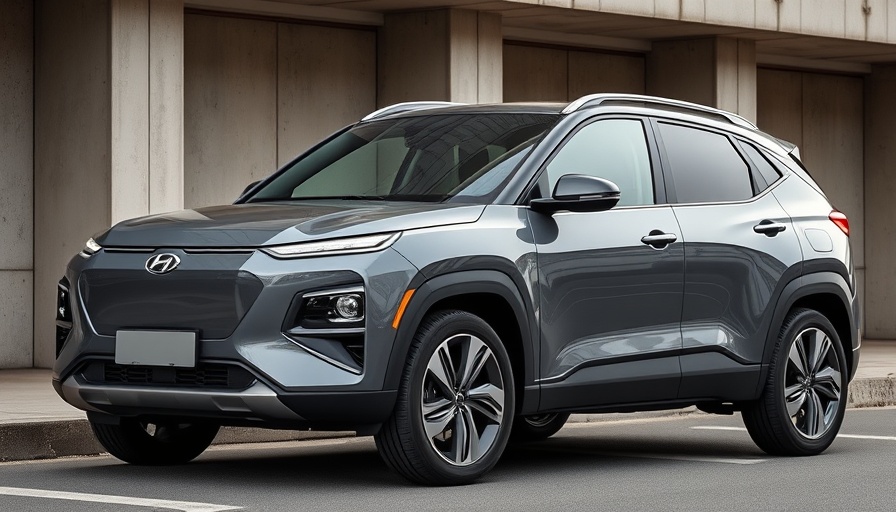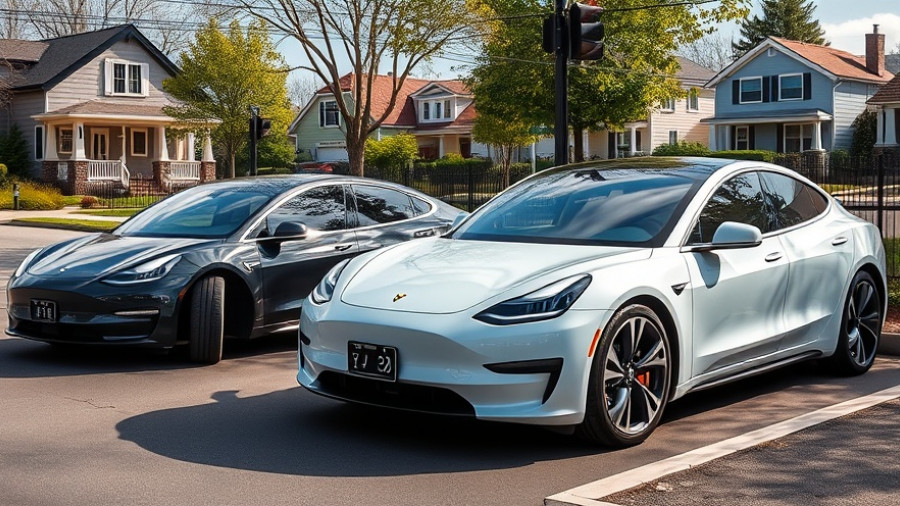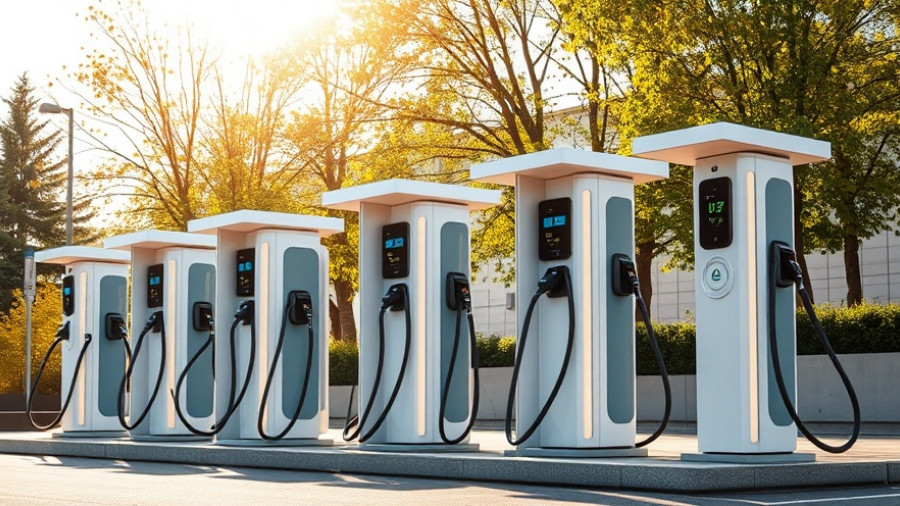
The Rise of Beijing Hyundai's EO: A New Electric SUV for China
Beijing Hyundai is poised to make a significant entry into the electric vehicle (EV) market with the upcoming launch of its new electric SUV, named the EO. Scheduled for release in September 2025, the EO marks Hyundai's commitment to expand its all-electric lineup. This model will not just be a solitary venture; the automaker aims to introduce over five electric models priced between 100,000 and 300,000 yuan in the subsequent three years. For consumers eager to embrace sustainable transport options, the EO might be a compelling choice.
A Glimpse into EO's Specifications
The EO SUV features some impressive specifications that align with the growing demand for electric vehicles. Key highlights include a remarkable driving range of 700 kilometers (CLTC), allowing for practical long-distance travel without frequent recharging stops. Its ability to fast charge from 30% to 80% in just 27 minutes positions it well among its competitors. These features resonate with the increasing expectations of consumers looking for efficiency and convenience in their EVs.
Additionally, the EO's design incorporates crystal-inspired running lights, mirroring the fine details the brand hopes will resonate with design-conscious customers. This new model will be available in two drivetrain options—front-wheel drive (FWD) with a 160kW motor or an all-wheel drive (AWD) that adds a rear motor for a total output of 233kW. With a top speed of 185km/h, it combines performance with functionality.
Impact on China's EV Landscape
Although Beijing Hyundai has not yet offered any battery electric vehicles (BEVs) in China, it is noteworthy to see they are jumping onto the electrification bandwagon at such an opportune time. The Chinese market is already the largest market for electric cars globally, and established brands are continuously enhancing their offerings to meet the sustainability demands of the populace. The EO's introduction is not just significant for Beijing Hyundai; it brings competitive pressure for domestic brands that have carved out substantial market share in the electric vehicle realm.
Climate Awareness and the Future of EVs
With global trends tilting towards reducing carbon footprints, the emergence of electric SUVs like the EO aligns perfectly with consumer sentiments favoring sustainable energy solutions. As more people become aware of the pressing need for climate action, vehicles like the EO support a shift in mindset towards greener energy use. Moreover, given Beijing Hyundai's plans to propel its electric offerings in the upcoming years, the EO can serve as a stepping stone not just for the brand, but also for fostering a culture of sustainable transportation.
Convergence of Solar Energy and Electric Vehicles
The rise of electric vehicles is increasingly interlinked with advancements in renewable energy, particularly solar power. As more households and businesses adopt solar solutions, the synergy between rooftop solar systems and electric vehicles becomes apparent. The EO and similar vehicles could benefit immensely from solar-powered home charging stations, providing homeowners a reliable source of energy to charge their cars efficiently. As these technologies converge, consumers may find themselves better equipped to achieve grid independence and reduce reliance on fossil fuels.
Conclusion: A Step Towards Greener Transportation
Beijing Hyundai's EO isn’t just another electric vehicle; it holds the promise of revolutionizing how consumers and businesses approach sustainable transportation. With innovative features, a commitment to expand their EV range, and potential ties to solar energy, the EO positions itself favorably in a rapidly evolving market where eco-friendly choices are becoming more critical. As we await its official launch, consumers and industry analysts alike will be keeping a close eye on its performance upon release.
With sustainable options becoming increasingly available, now is the perfect time to consider how electric vehicles like the EO can fit into your life and contribute to a greener future. Explore the potential of solar and green energy solutions for your home or business as we transition toward a sustainable lifestyle.
 Add Row
Add Row  Add
Add 



Write A Comment